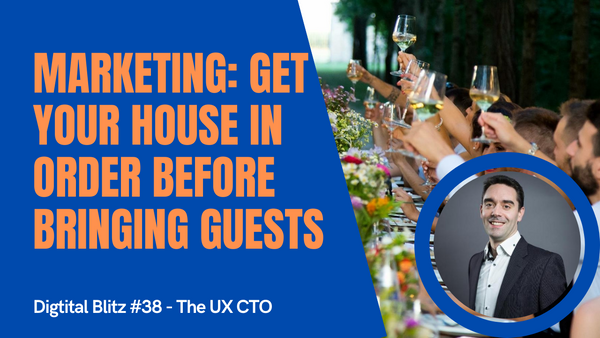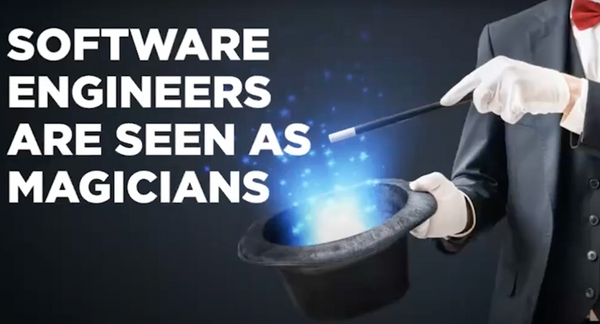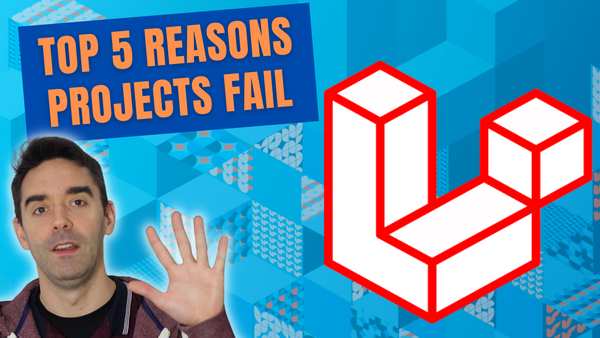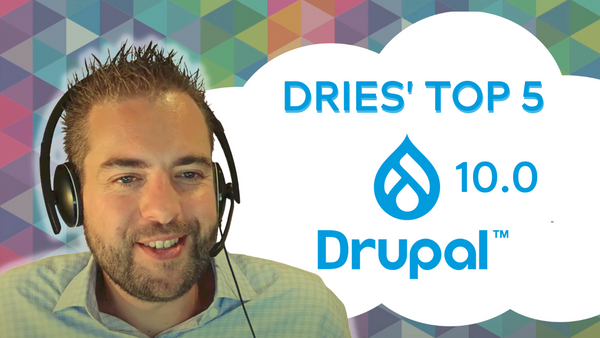When I have new clients reaching out to optimise their digital marketing, one of the key metrics we always talk about for paid advertising is the conversion rate. Most KPIs will involve increasing this return on investment.
When you work as a marketer and you're running paid campaigns on Google Adwords or Facebook Ads, your goal is to try to generate and increase those conversions, that's a given. There are lots of techniques to try and optimise those ads: from improving the keywords, the creatives...
However, there's often one saying that I ended up sharing with our clients: "Get your house in order before you invite more guests!". That means that you have to take care of your website before you invest and pay for more traffic.
Let's explore that a bit more.
With paid advertising, you can spend a lot of time iterating over the ads copy, the visuals, you can increase the bids to show a higher up and in the hope of driving more traffic.
However, if you pay for someone for visitors to come to your website, you'd better, make sure that they're having a good time. Otherwise, it will just be a wasted visit and wasted money.
One of the elements that I often see taking second priority with the marketers is the user experience of those landing pages. Not just the landing page, but the path on your website, the whole user journey to the conversion.
That is very important because the landing page experience is actually a core factor in Google's algorithm. They use that to calculate your Ad Rank, which means it can influence everything from the ads' visibility, to how much you have to bid on each click to show up there.
When it comes to optimising your landing pages, you can follow a framework I came up with: the C-I-D-S framework. It stands for Copy, Information Architecture, Design and Speed. Those are the four key elements to focus most of your efforts on when you run paid campaigns.
- The first one being COPY, where you need clear messaging, you need to hook the user and take them on a journey. Make sure the content is relevant to the keyword that they clicked, always had some social proof and a clear CTA too.
- The second I is for INFORMATION ARCHITECTURE, the way the page is laid out. You need to grab the users' attention and lead them on the path to a short form, without any distraction.
- The third D stands for DESIGN to inspire confidence, with clear contrast and make everything accessible, so it looks professional.
- The last one S is for SPEED and performance, where everything has to be fully mobile optimised and fast to load. You need a strong tech that can handle the scale and the security of the data.
Once you have all of that in place, you can do more advanced stuff with A/B testing and personalisation, dynamic bidding... you can play with all of that to further increase the ROI.
Another point is that you don't forget to invest in organic rankings as well, for long-term benefits.
To conclude, before you embark on a new paid campaign and advanced digital marketing techniques, remember my C-I-D-S framework for copy, information architecture, design and speed.
You must make sure that you have a well-optimised website, you need to get the basics right for your landing page and your site, as this will be the primary driver to increase your conversions.
That's it for today. If you need help with your digital marketing campaigns or need to optimise your landing pages, just get in touch. Don't forget to subscribe to my YouTube channel and follow me on Twitter to keep learning with me and grow your career in digital.
Until next time, stay safe and see you soon.



